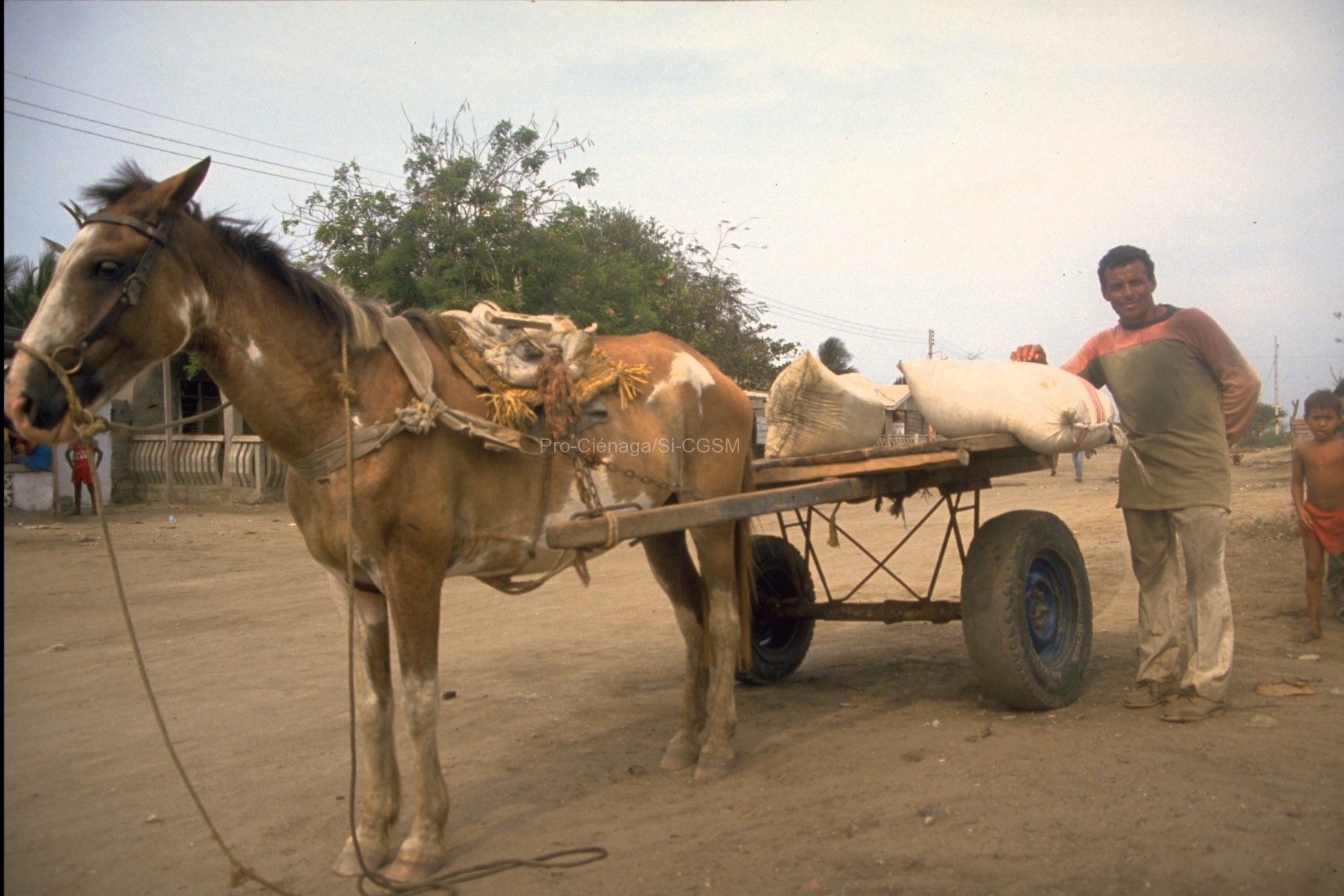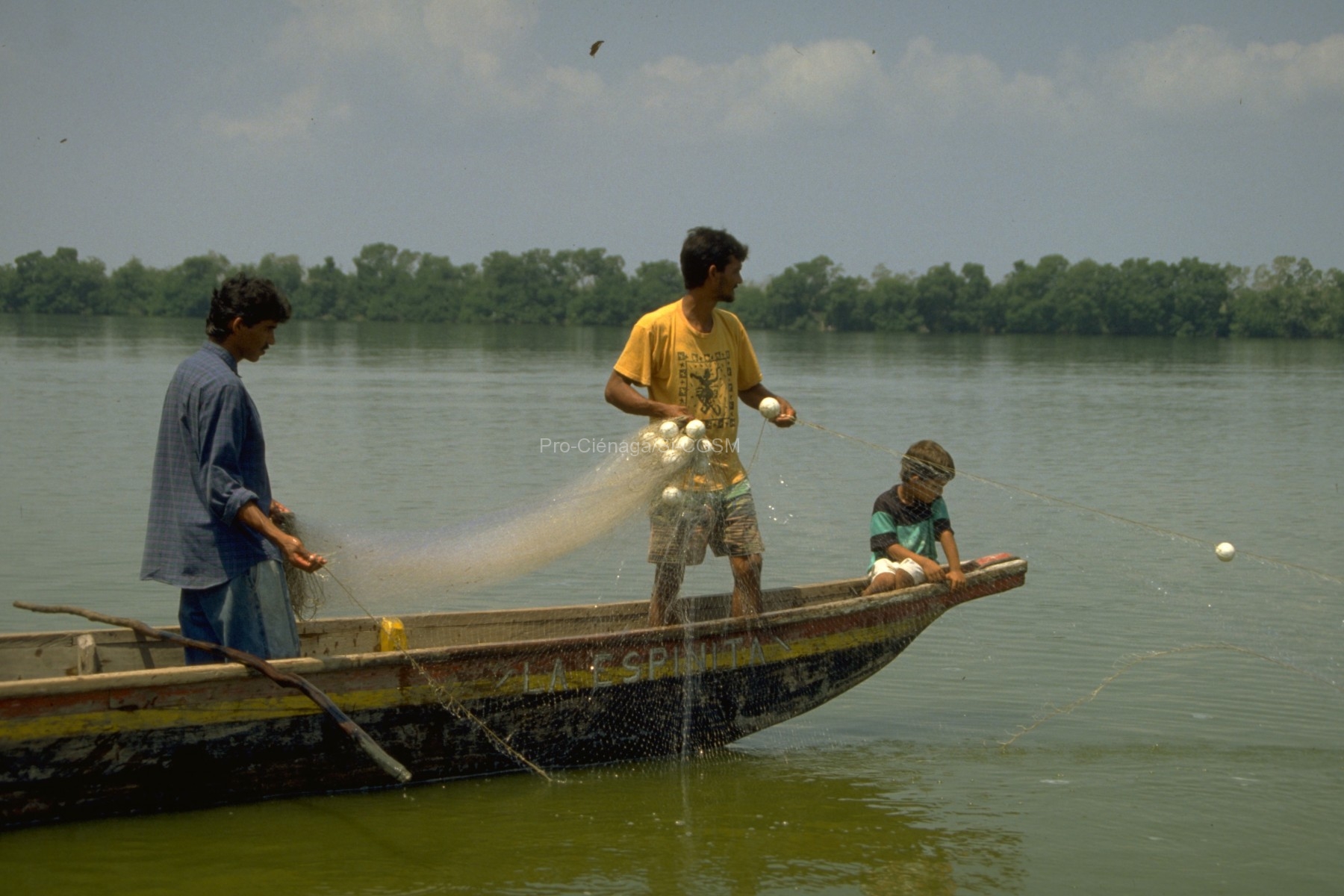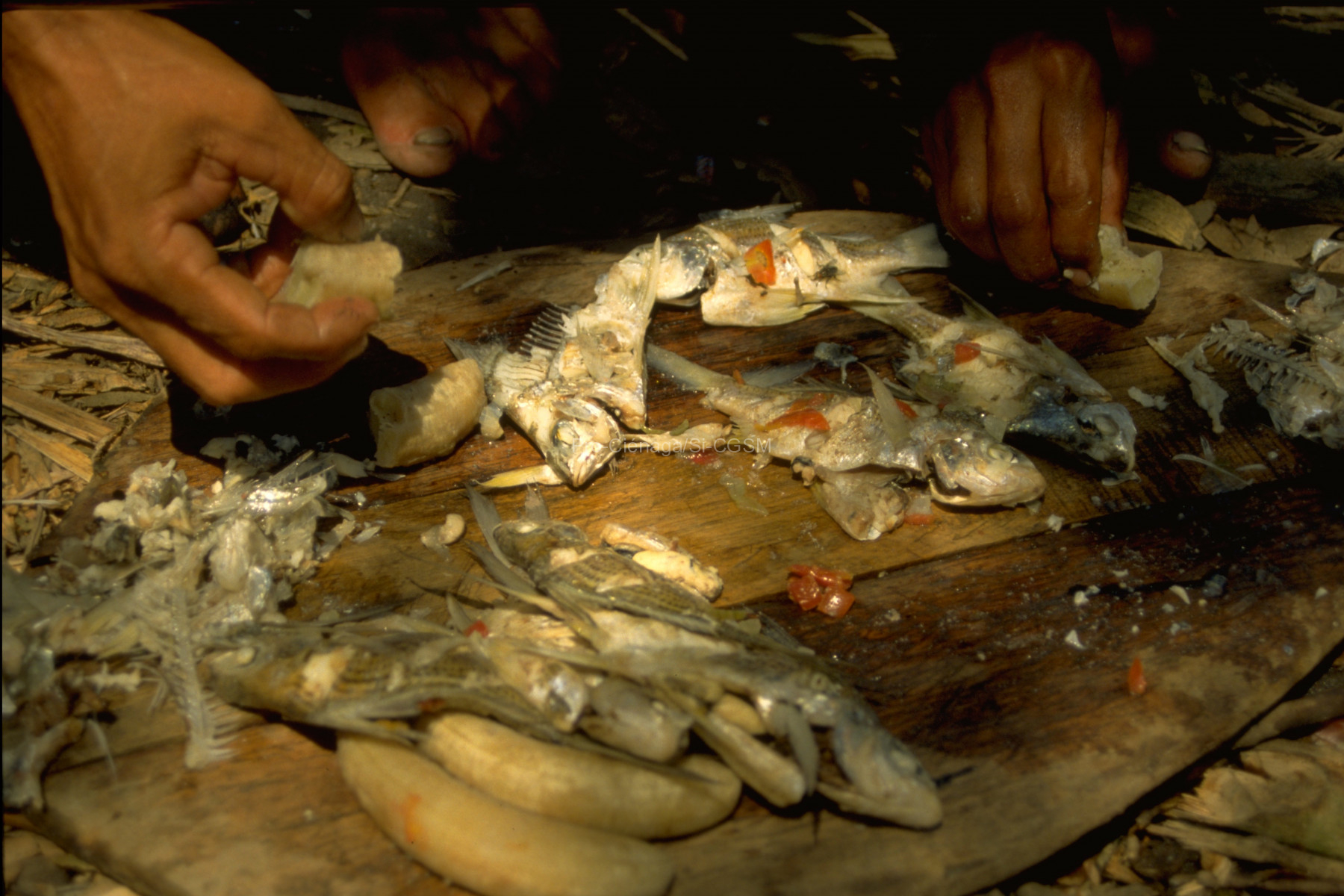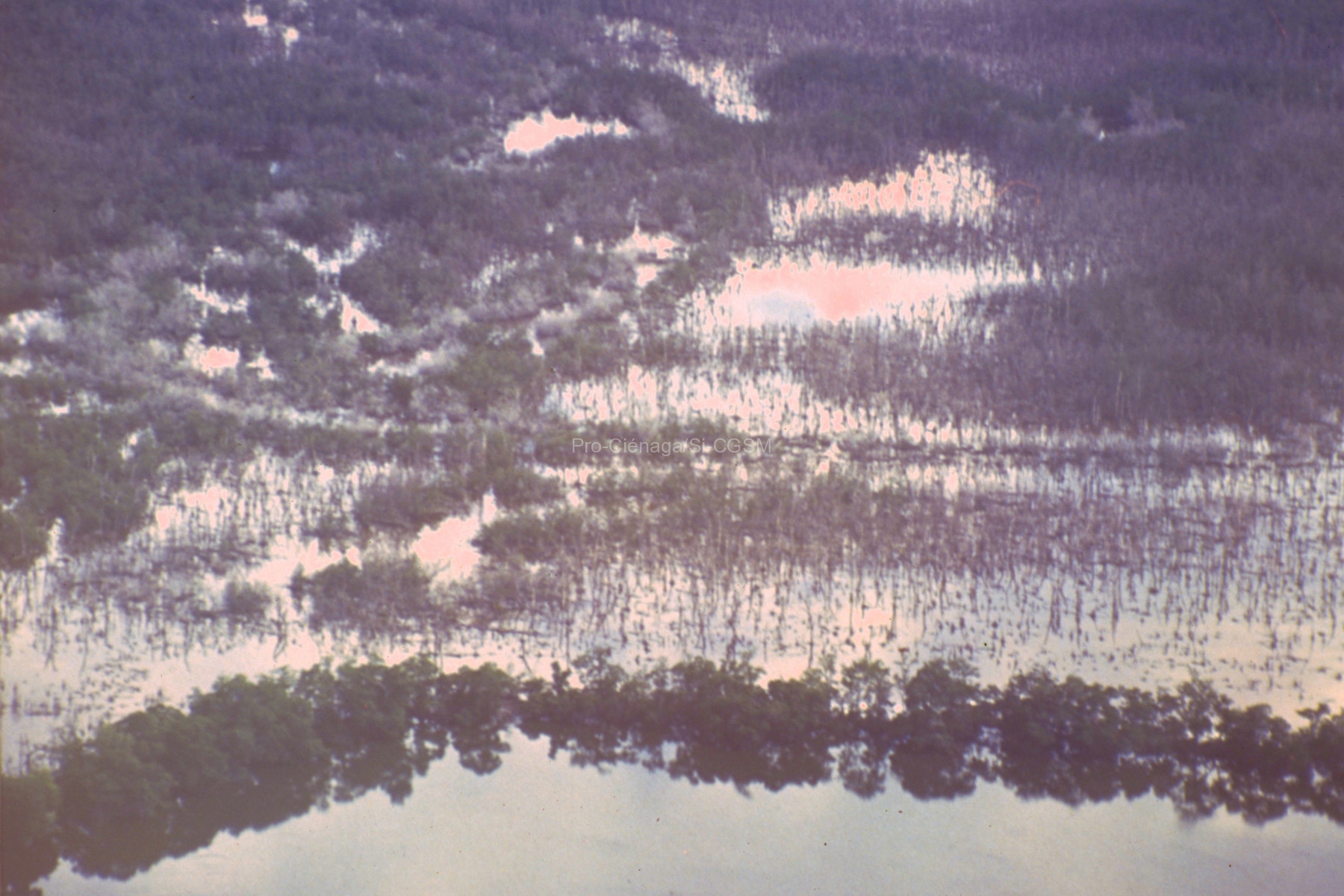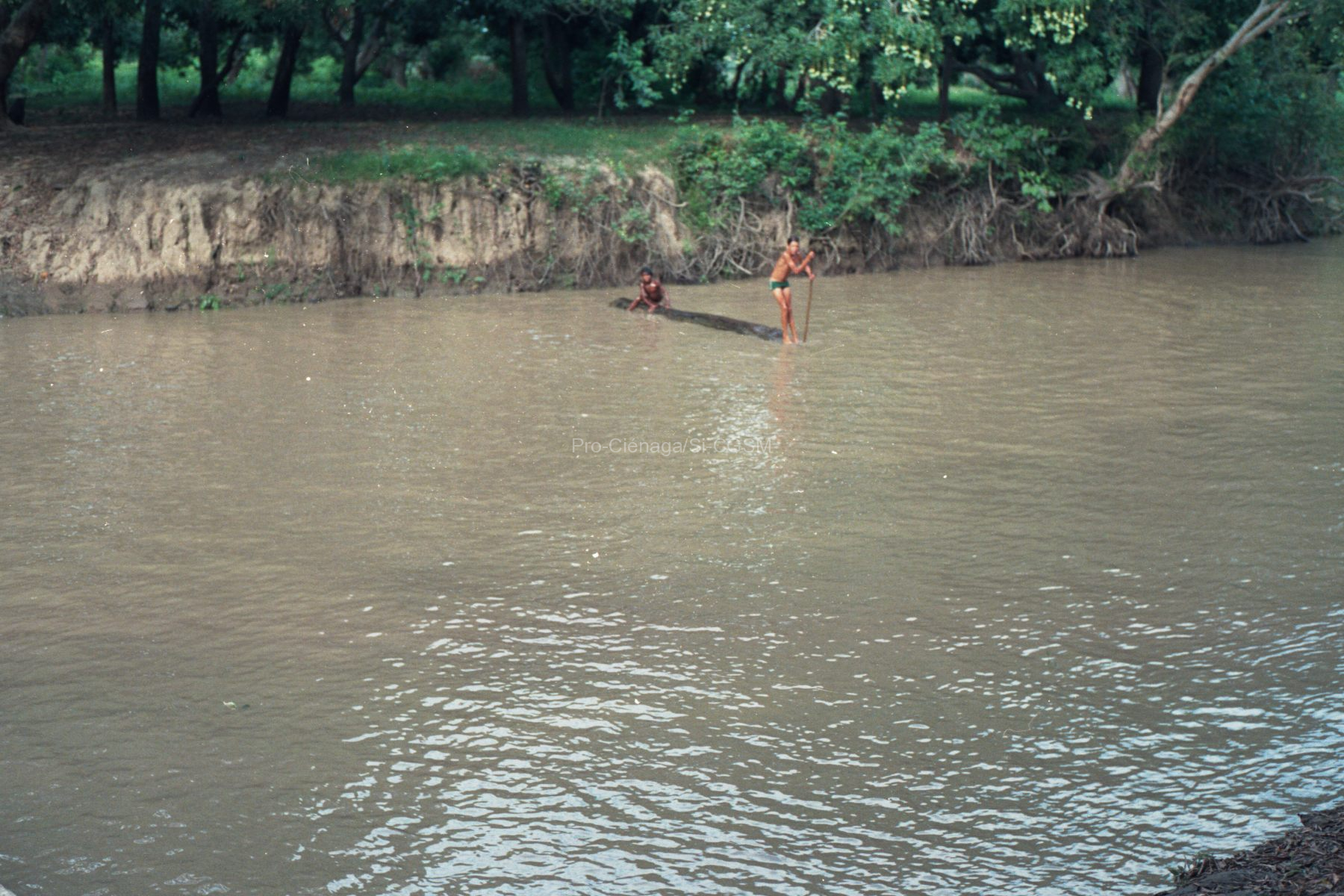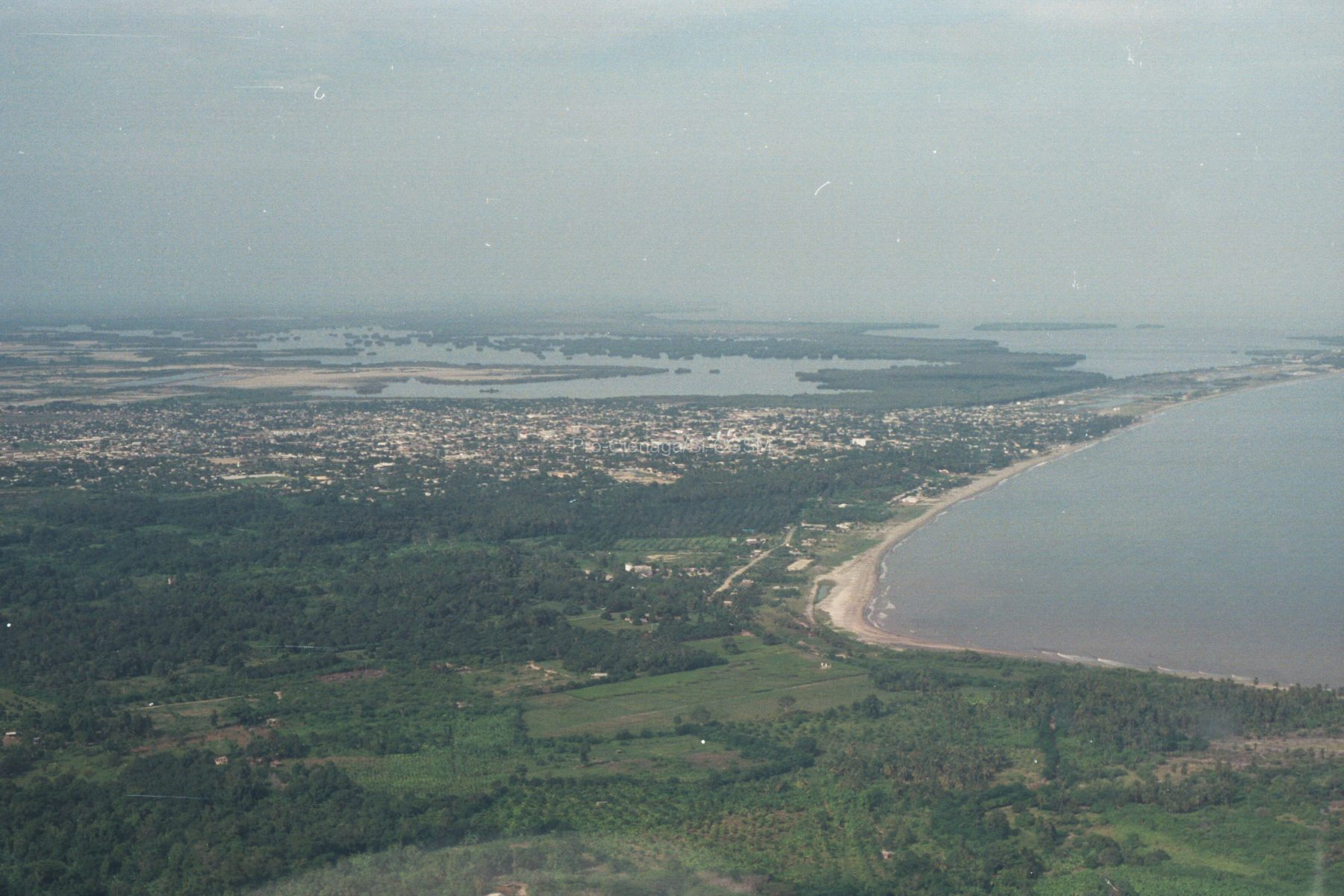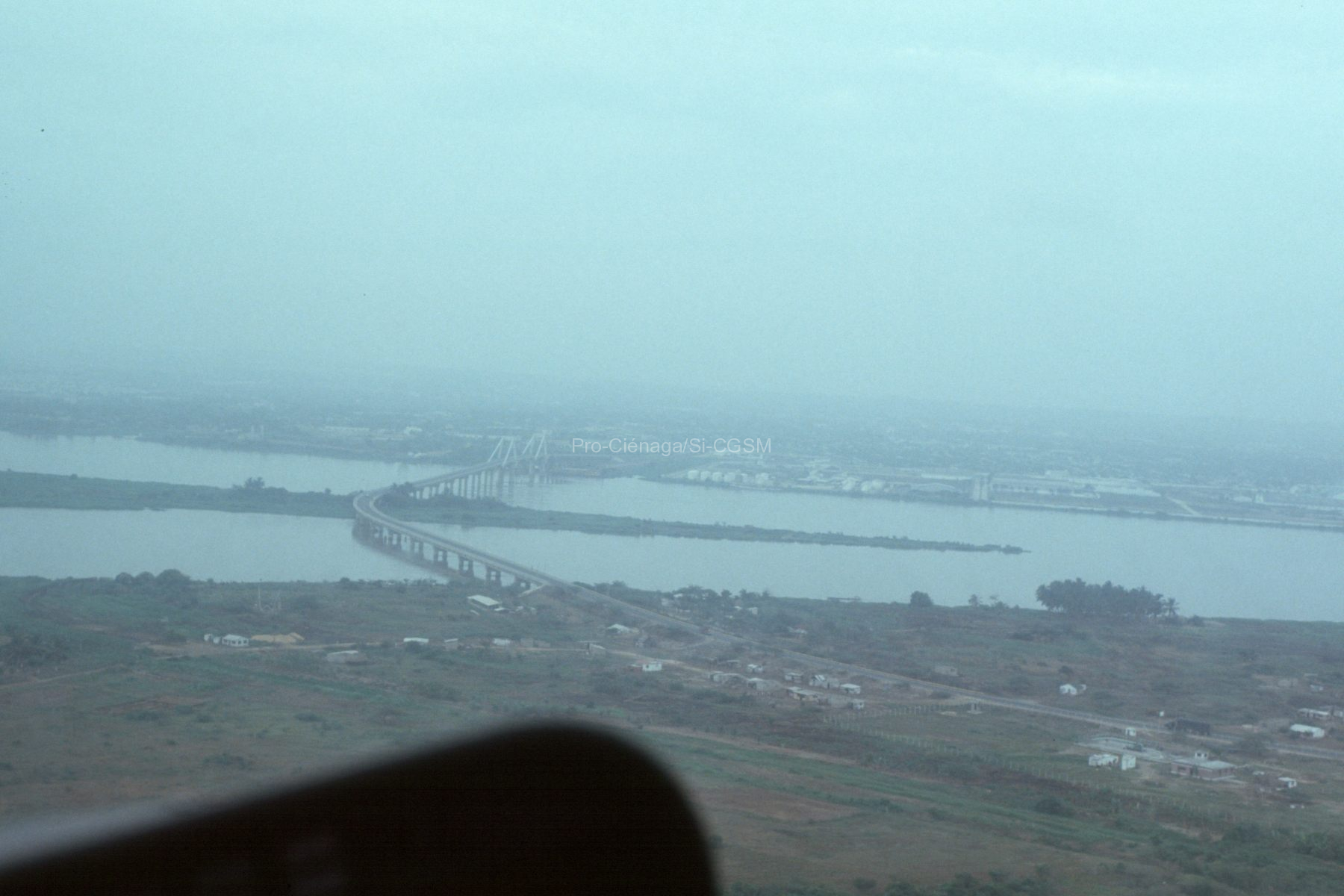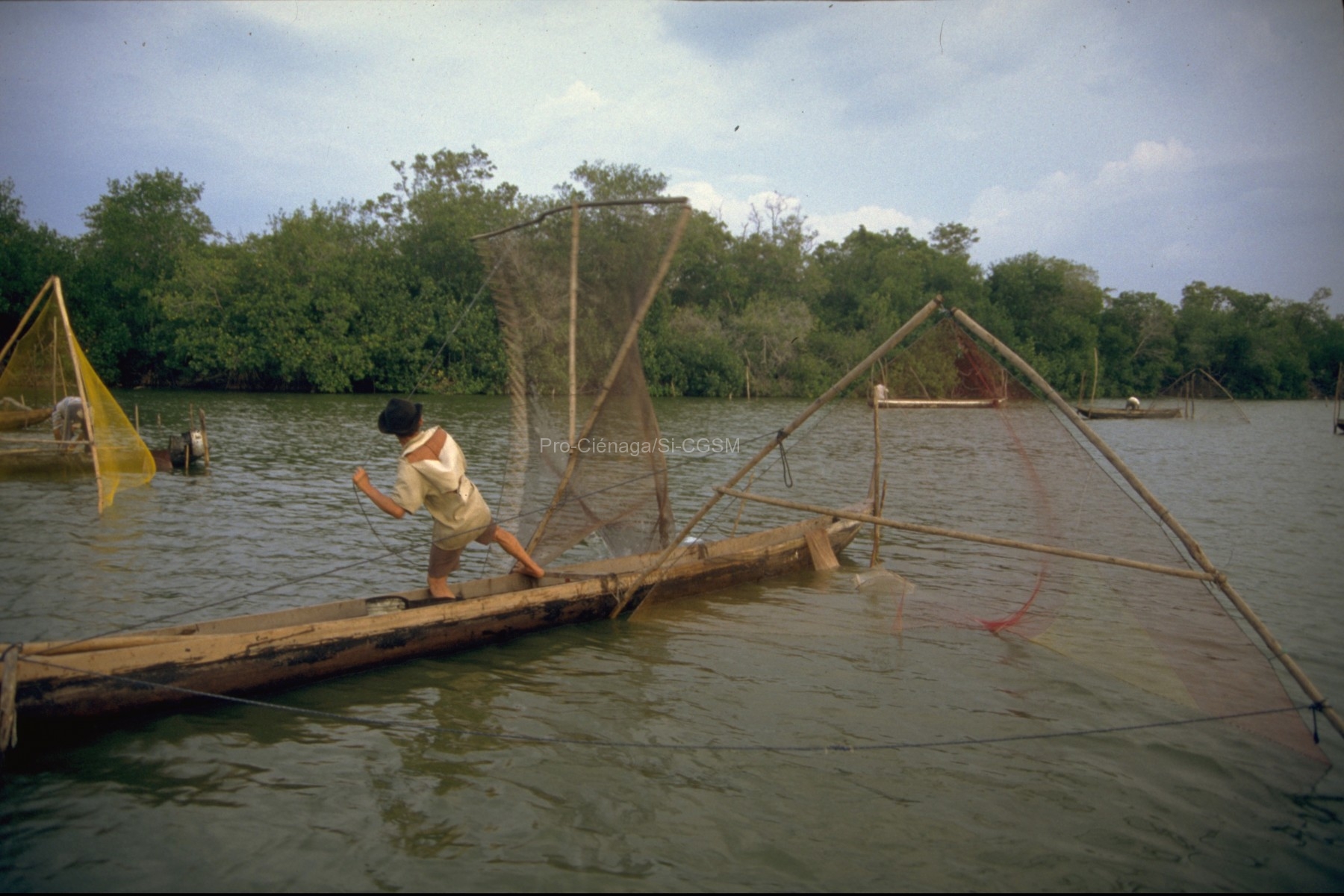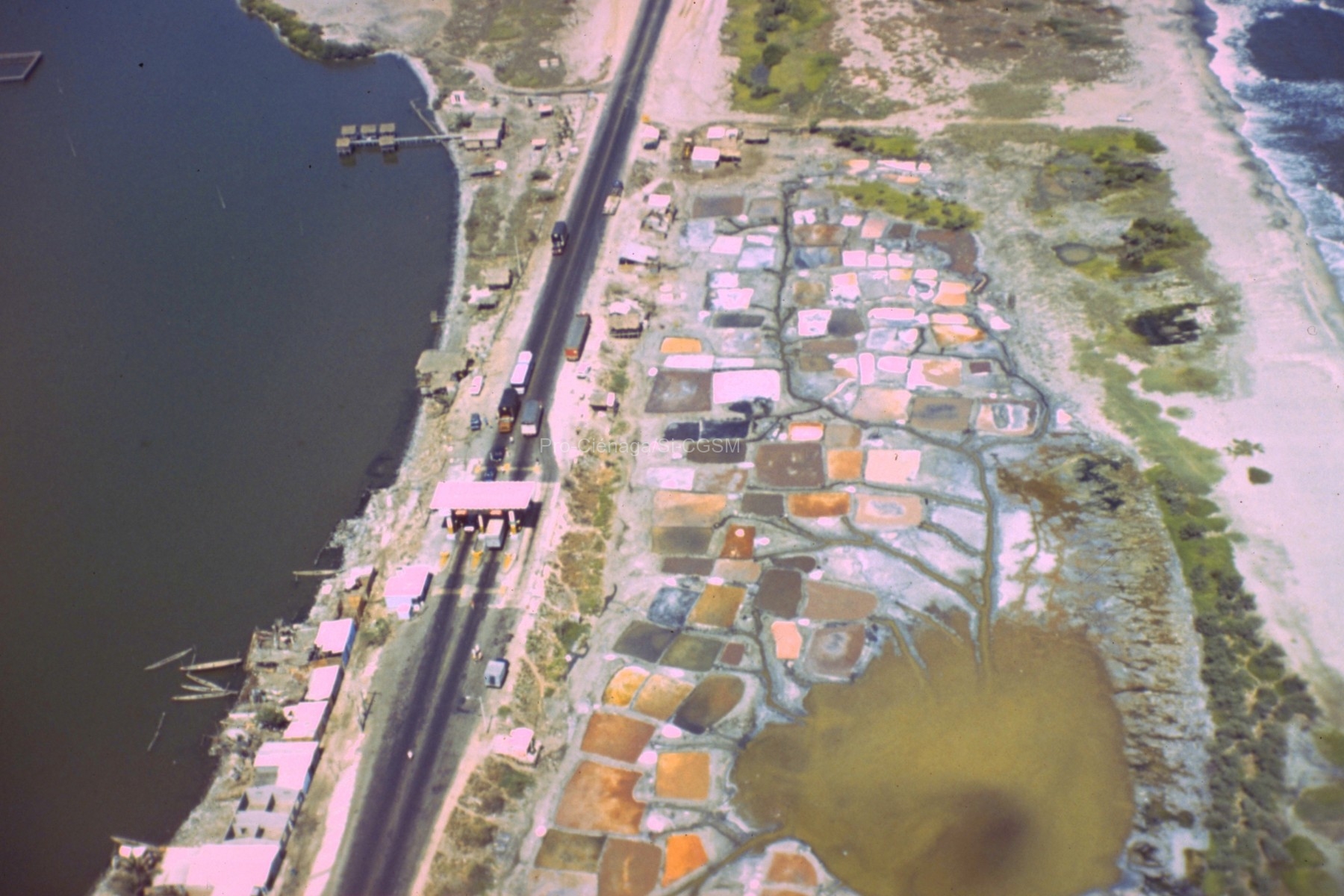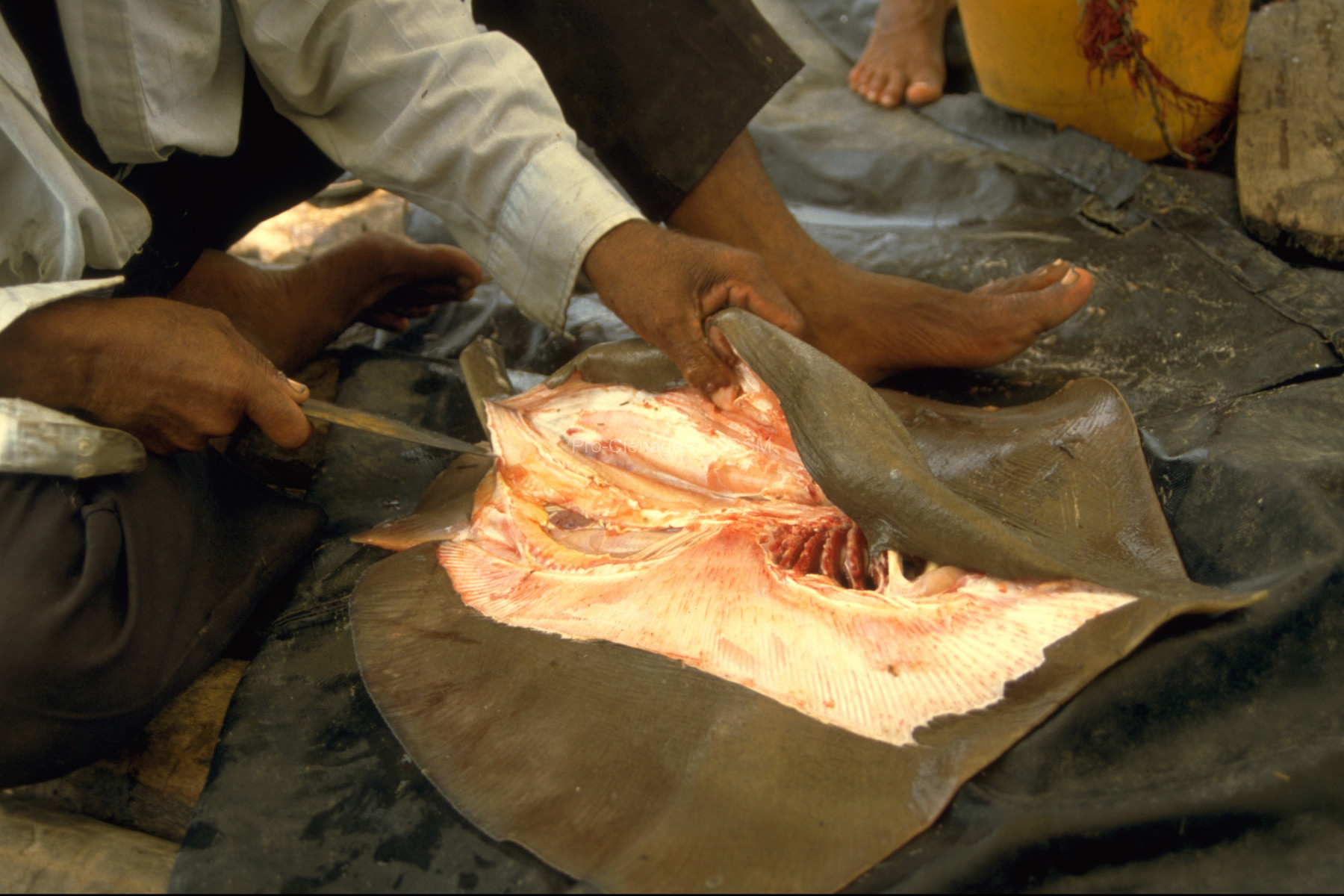http://www.coastalwiki.org/wiki/Cienaga_Grande_de_Santa_Marta
Introduction: The estuary and coastal lagoon systems correspond to around 15% of the world coasts. It is known that they play an important role, providing many different ecosystem services which are fundamental for the population dwelling nearby these ecosystems, or even for those in areas further away (Gónima et al. 1998). As one of these services, a very high buffer capacity has been recognized. Another aspect of the coastal lagoons is their high biodiversity with an important role of fish and invertebrate populations. Those last ones are an important economical support for the nearby communities. Proof of this is given by the fact that several civilizations have been settling near those areas. (Gónima et al. 1998). Fast population growth has created severe problems and pressures in many of these areas and their surroundings. The demand for ecosystem services is increasing. This situation led to the total transformation of most of these ecosystems into highly contaminated places, with no food resources or even with “dead zones” which are characterized for the total absence of oxygen (Malquist 2008; Gónima et al. 1998). These have been also places which have been transformed physically and nowadays thus represent enormous costs for the population in terms of the needed measures to recover the lost ecosystem services (Gónima et al. 1998). The current case of the Ciénaga Grande de Santa Marta, located in the Colombian Caribbean coast, refers to the deltaic system of the Magdalena River, which has been the most important waterway for the country since the colonial times and has been the scenario for several acts of management and mismanagement, represented by its actual condition and its reality. Nowadays in the area one can find western and Native American lifestyles, shipping and ports, wetlands and channels, highways and national parks (Restrepo Ángel 2005). This brings up some special situations for the ecosystem and a particular perspective of the future in this important region.




